Noises Over Bumps? Quick Guide to Spotting the Culprit
Those annoying clunks, rattles, or squeaks that pop up every time you drive over a speed bump can be more than just a nuisance. They often point to a problem that, if ignored, can cost you more down the road. Below we break down the most common reasons for noise over bumps and give you simple steps to figure out which one is affecting your car.
Check Your Suspension Parts First
The suspension is the first place to look. Worn‑out shocks or struts will let the wheel bounce too much, creating a thumping sound. Grab a friend to push down on the front of the car while you watch the wheels. If they keep bouncing after you let go, the shocks are likely bad. Replacing them usually solves the bump noise and improves ride comfort.
Next, inspect the control arm bushings and ball joints. Those rubber or metal parts can crack with age, and when they move, they squeak or clunk. Look for any visible cracks or looseness. A quick test is to lift the car, wiggle the wheel by hand, and listen for any metallic click. If you hear one, have a mechanic replace the bushings or joints.
Tires, Wheels, and Bearings Can Also Be to Blame
Uneven tire wear or a low‑pressure tire can cause a thudding noise on bumps. Check that all tires are inflated to the manufacturer's recommended PSI and look for bald spots or cupping. If the tread looks uneven, a rotation or alignment might be needed.
Wheel bearings are another frequent offender. A failing bearing will make a growling or humming noise that gets louder when you go over a bump. To test it, spin the wheel while the car is lifted. If you feel roughness or hear a grinding sound, replace the bearing promptly—driving with a bad bearing can damage the hub.
Finally, make sure your wheel nuts are tightened to the correct torque. Loose nuts can let the wheel shift slightly, creating a clunk every time the suspension compresses.
If you’ve checked shocks, bushings, tires, and bearings and the noise is still there, the cause might be a loose exhaust pipe or a broken engine mount. Both can move enough to hit the undercarriage when you hit a bump. Look under the car for any hanging metal or excessive movement of the engine bay.
In short, start with the suspension, move on to tires and wheels, then inspect bearings and mounts. Most of these checks you can do yourself with basic tools, but don’t hesitate to bring the car to a trusted garage—especially for bearing or mount work.
Fixing noises over bumps early saves you from bigger repairs later and gives you a smoother, quieter ride. Next time you hear that clunk, use this guide to pinpoint the source and get back on the road with confidence.
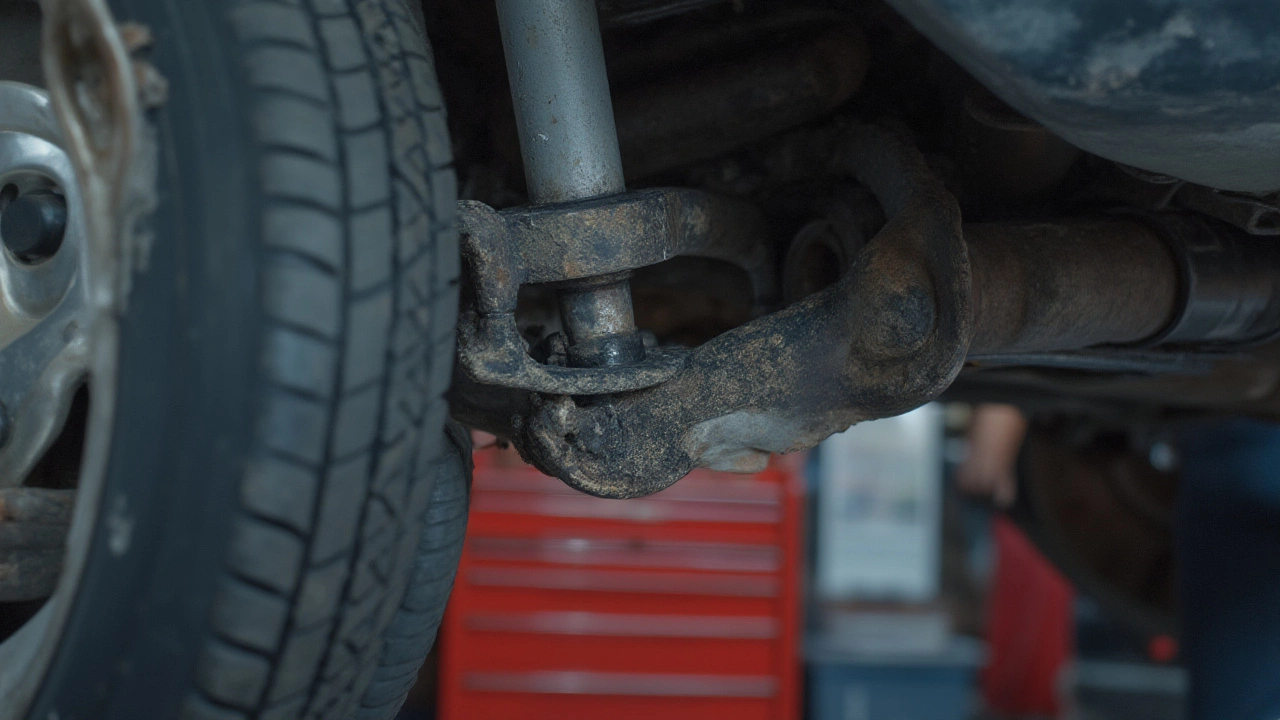 6 July 2025
6 July 2025
Bad Struts Symptoms: Signs Your Car Suspension Needs Attention
Discover key signs of bad struts, their impact on safety, and practical tips for car owners. Stay ahead of car suspension problems with clear, reliable info.

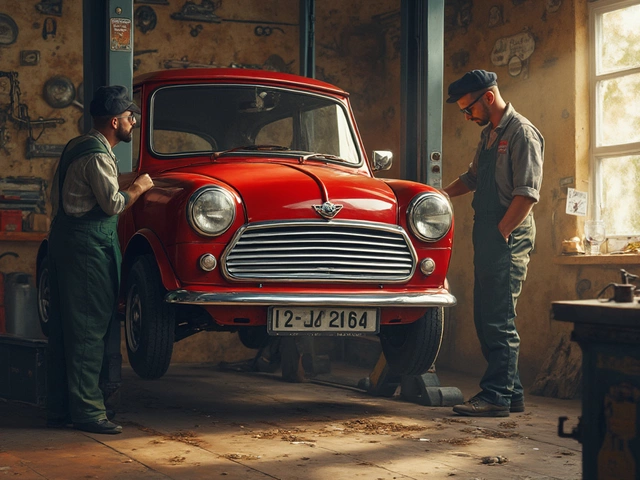

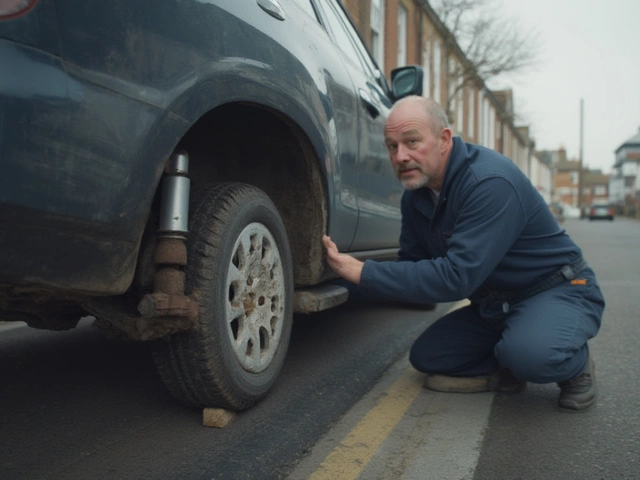
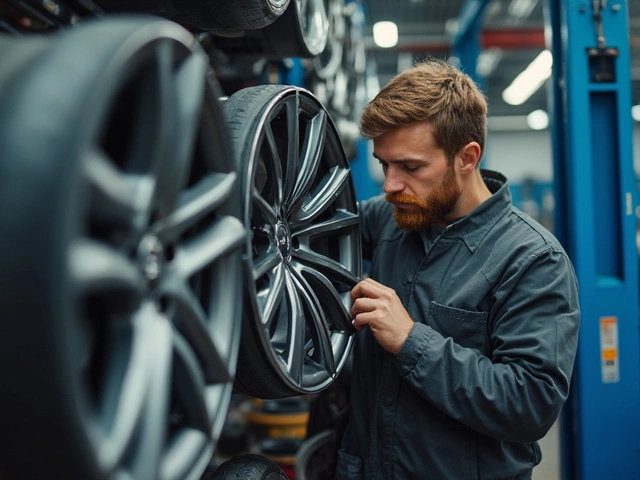
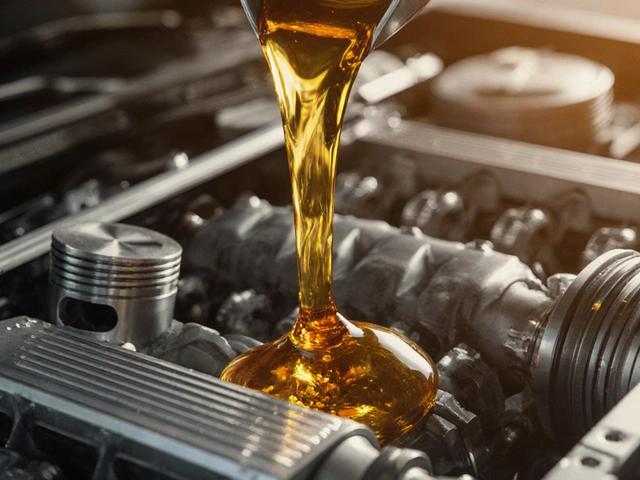
0